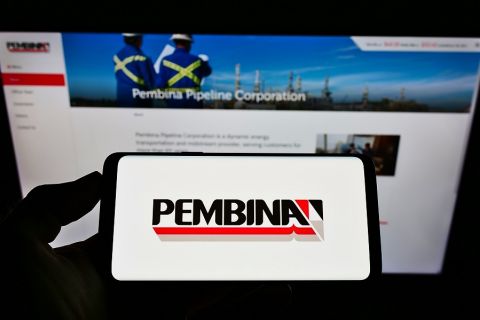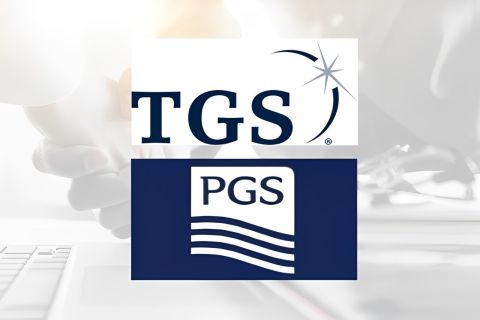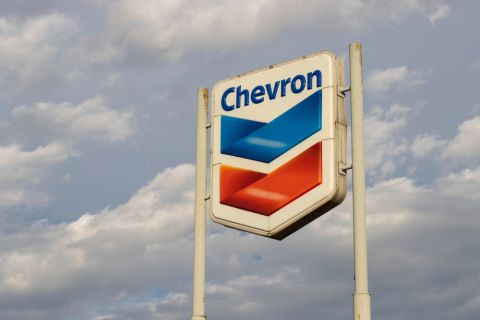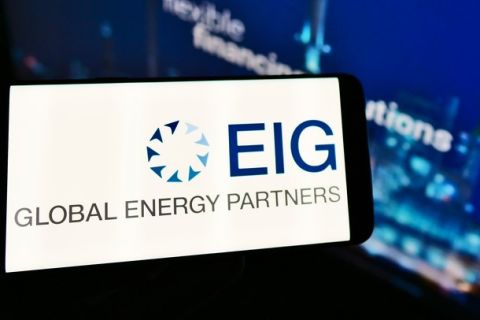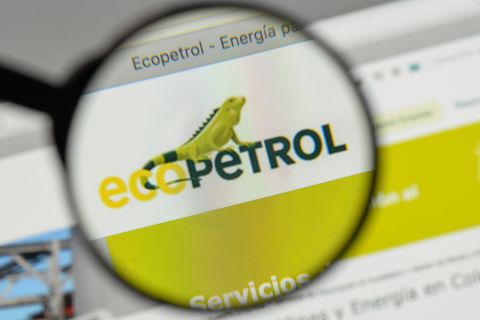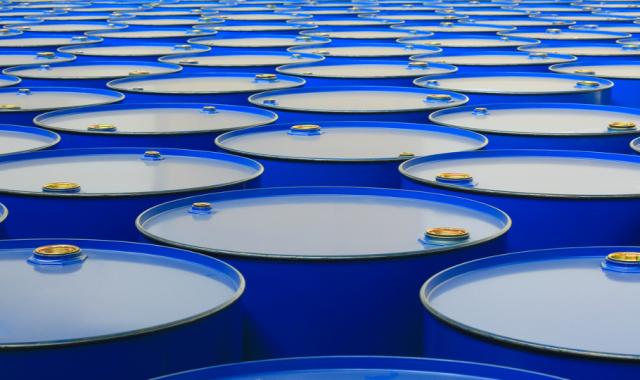
ABERDEEN, Scotland—Cutting development costs by 50% would unlock the development of at least 150 small fields in the U.K. North Sea, according to a plenary session speaker at Subsea Expo.
With about 210 small pools already discovered but not yet developed, reducing costs by half would make the development of those 150 fields economically viable and kick start an estimated US$20 billion of project investment, said Matt Nicol, director of production and nonoperated assets for U.K. operator Centrica.
At Subsea Expo on Feb. 3, which was organized by industry body Subsea UK, Nicol said a 50% cost reduction would drop the average economic minimum for these small pools to 6 MMboe, and eventually achieve production of around 1 Bboe of extra reserves in total.
“It’s a huge opportunity for the U.K.,” Nicol said. “There’s 1 billion barrels of oil equivalent on offer here, if we can find a way to bring the right technology to the table to reduce costs.”
Centrica, alongside operator Engie and partner Bayerngas, is nearing first production on the Cygnus Field, the largest gas discovery the southern North Sea has seen in nearly a generation. But it’s not just the major finds that will secure the U.K. oil and gas industry’s future, Nicol said, noting that the 210 or so smaller fields are collectively estimated to hold up to 1.6 Bboe.
‘Hackathon’
Centrica has internally held its own program, dubbed the “Hackathon,” to reduce costs, working with its suppliers on potential new solutions. The company has succeeded in cutting costs on some of its projects by up to 52%.
“Working alongside the Oil & Gas Authority and the Technology Leadership Board, we have since shared this approach with the rest of industry and government,” Nicol said.
Costs were also highlighted by Chris Bird, managing director of MOL Energy UK. Bird told the audience that, “We have let our industry increase offshore costs by between 200% and 300% over the last five years.” Although the industry’s efforts to tackle the cost issue are beginning to take effect, Bird pointed out that the U.K. “is not an investable basin at present, and it cannot just rely on the oil price to come back up.”
Matt Corbin, head of subsea product management for Aker Solutions, also stressed the need for further industry collaboration to help reduce costs, but admitted “this does not happen overnight.”
He added: “I believe we can have a successful industry at $30/bbl oil, but not the way it is today.”
‘Awful’ 2016
If anyone attending the event was unsure about how this year could pan out for the sector, Kieran O’Brien of Infield Systems left them in no doubt: “2016 is going to be awful,” he told the audience in the Global Opportunities session.
However, the outlook could improve from 2017 onward, he said, as the industry’s need to find and develop new reserves to replace declining mature fields’ production would lead to increased offshore activity, particularly in deep water.
“If we can weather the next 12 months, then the market will pick up,” he said. “The subsea market will grow more strongly than the general offshore market, which is itself set to grow by 11%.”
Short-term activity will be driven mostly by Africa, while medium to long term activity will be driven by the U.S. Gulf of Mexico, Africa, Brazil and the North Sea.
Mark Thomas can be reached at mthomas@hartenergy.com.
Recommended Reading
Pembina Cleared to Buy Enbridge's Pipeline, NGL JV Interests for $2.2B
2024-03-19 - Pembina Pipeline received a no-action letter from the Canadian Competition Bureau, meaning that the government will not challenge the company’s acquisition of Enbridge’s interest in a joint venture with the Alliance Pipeline and Aux Sable NGL fractionation facilities.
PGS, TGS Merger Clears Norwegian Authorities, UK Still Reviewing
2024-04-17 - Energy data companies PGS and TGS said their merger has received approval by Norwegian authorities and remains under review by the U.K. Competition Market Authority.
Hess Pushes Shareholders to Vote in Favor of $53B Chevron Merger
2024-04-01 - Hess Corp.’s board is unanimously recommending its shareholders vote in favor of the proposed $53 billion all-stock merger with Chevron Corp., according to Chevron’s March 28 Securities and Exchange Commission filing.
EIG’s MidOcean Energy Acquires 20% interest in Peru LNG
2024-02-08 - On top of acquiring a 20% interest in Peru LNG, MidOcean Energy is also in the process of acquiring interests in four Australian LNG projects.
Ecopetrol, Occidental Permian JV Generating Positive Results
2024-03-07 - Ecopetrol SA's joint venture with Occidental Petroleum in the Permian continues to generate outstanding operational and financial results for the Colombian state-owned energy giant.

